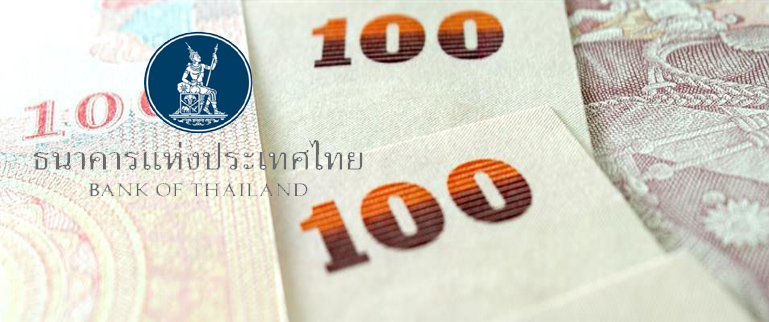In what can be considered as a key milestone in regional central banking cooperation, the central banks of Malaysia, Thailand, and Indonesia have signed an agreement on currency deals.
Bank Negara Malaysia, Bank of Thailand, and Bank Indonesia have agreed to promote the use of their currencies for trade and investment among the three Southeast Asian countries.
The Bank of Thailand and Bank Negara Malaysia each signed a memorandum of understanding with Bank Indonesia on a “framework of cooperation” to promote settlement of bilateral trade and direct investment in their local currencies.
In a statement, the three central banks said the enabling environment will benefit businesses by reducing transaction costs and enhancing efficiency of trade and investment settlements.
“Amidst the current volatile global financial market conditions, this will offer businesses more options in choosing currencies for trade settlement,” the three central banks said.
They added that the framework will pave the way for wider usage of local currencies in the Asean Economic Community and spur further development of the regional foreign exchange and money markets, in support of wider economic and financial integration.
The Thai and Malaysian central banks this year implemented a similar arrangement they signed in August 2015.
Philippine Economy Forecast To Post Another 7.1% Growth in Q4
In another Southeast Asian economic news, the Philippines is forecast to post another 7.1% growth or more in the fourth quarter of this year following a 7.1% expansion in the third quarter, the Department of Trade and Industry (DTI) said.
With the forecast growth, the Philippine economy is positive that the country will be among the top performing emerging economies in Asia this year.
The Philippines was considered the fastest-growing Asian economy in Q3, according to the National Economic Development Authority.
The Philippines outpaced China’s 6.7%, Vietnam’s 6.4%, Indonesia’s 5% and Malaysia’s 4.3% in the third quarter, according to data from the Philippine Statistics Authority.
Industry growth was a robust 6.9%, manufacturing posted 8.4%, and agricultural contributed a positive 4% after several quarters of falling in the negative territory.
Trade and Industry Secretary Ramon Lopez said the momentum this year could continue into 2017. – BusinessNewsAsia.com
